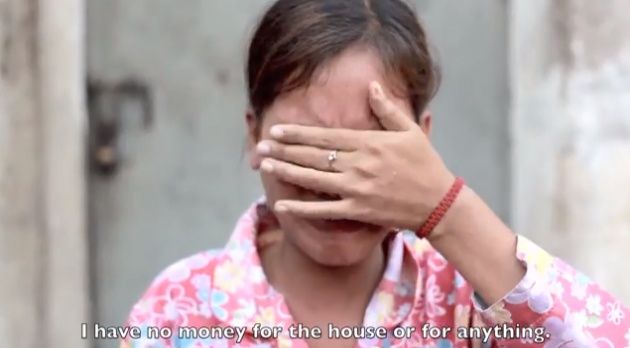I was never really one to massively consider the manufacturing process behind clothes that seem readily and widely available today.
I’d see something I like. I buy it. The only pause for thought was usually ‘Is my bum going to look even bigger in this?’ - that’s about it before I parted with my cash.
And then I’d go about my day with ignorant bliss.
That was until our team Global Citizenship Day caught up with us in Zambia. This was our opportunity to facilitate a full day session on a global issue – Both for our own personal development and to also discover what we really cared about.
Initially I wasn’t sure what I wanted to go for but I do remember casually reading a statement in a book that really got me thinking.
It was as follows…
“Have you ever questioned why it is you can buy a bottle of coke in the poorest of places where there is barely any safe running water?”
It confused me and as I looked into the issues of trade even further I began to question the morals of large Transnational Corporations (TNC’s) such as Coca Cola, McDonalds, Nike….
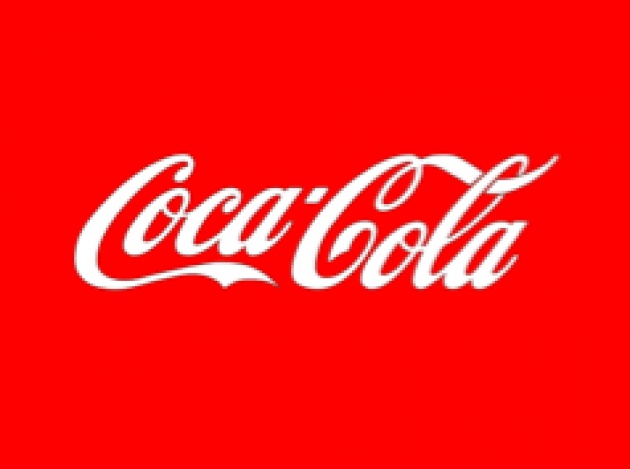
The more I read, the more I got sucked into the sickening world of garment workers.
(Bearing in mind that garment workers are just one of many neglected trades.....)
Keywords such as CHILD LABOUR, INTIMIDATION, ABUSE, NO WORKERS RIGHTS, SUPRESSED UNIONS, DEATH, POVERTY, OVERWORKED, LESS THAT MINIMUM PAY, USE OF FORCE…jumped off the page.
These words often referred to companies where I had been a consumer or I at least recognized…H&M, NEXT, PRIMARK…
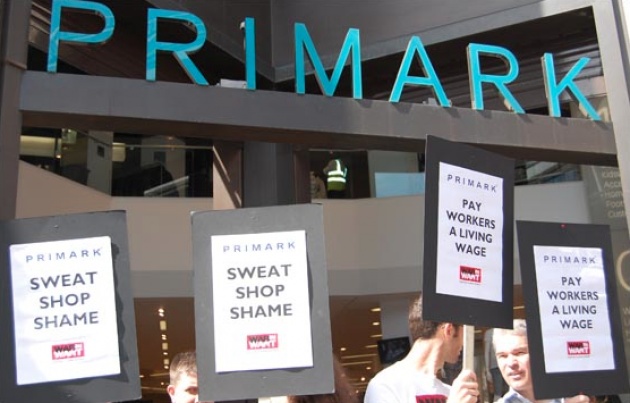
Coincidently during my research, world news came in of the Bangladesh Factory Disaster (May 13th 2013) where an unstable factory manufacturing items for the likes of H&M and Primark collapsed killing 1129 workers and injuring over 2500 – It became known as ‘the deadliest factory disaster in history as well as the deadliest accidental structure failure in modern human history’.
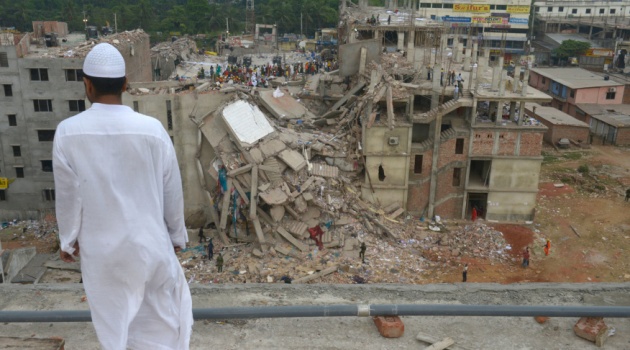
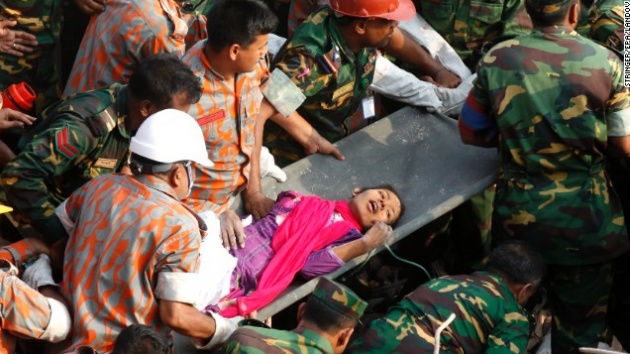
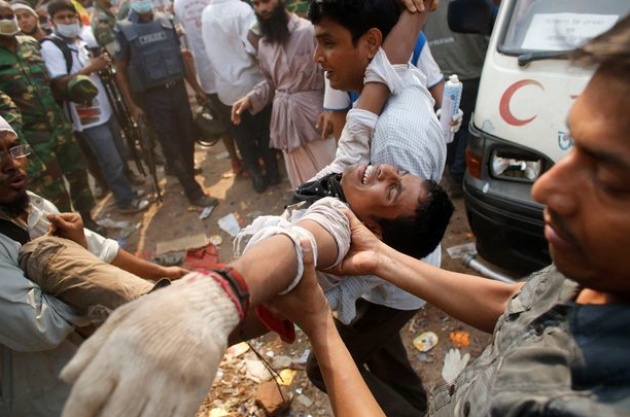


Talks of corporate responsibility erupted. Whose fault was it? Owners of the factories or the multi-billion £$ companies using them?

I didn’t have a clear enough understanding of the garment process - how poverty was a direct key link or why things were unfair…so I took it upon myself to create a domino effect flow chart.
This is what I came up with.
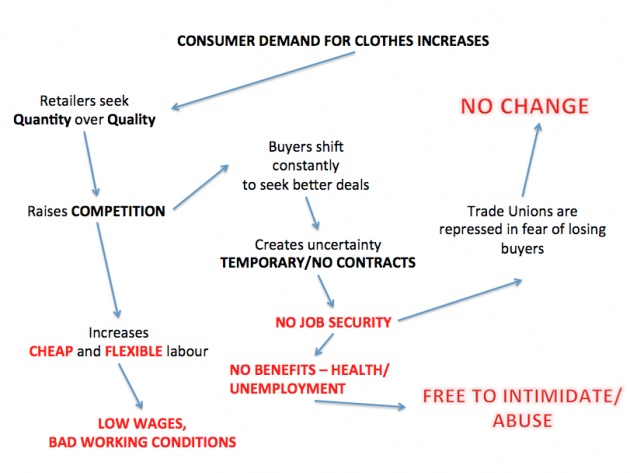
It’s a very dumbed down and straightforward representation of how the fashion industry links to poverty. And for me it’s plain as day to see that the unethical minds of large transnational corporations are taking a cruel advantage of the unstable, unsupported structure of struggling countries…In other words, they provide NO CHOICE.
“Many of the least developed and smaller developing countries have built a huge dependency on the sector. It constitutes 80% of Cambodia’s export earnings, 53% of Sri Lanka’s and 75% for Bangladesh.” (An Ethical Industry, Factsheet 3a)
How can these countries and their workers, who barely have a leg to stand on, stand up against multi billion £$ Western corporations? ......
If you want to be angered further watch these :-
http://www.youtube.com/watch?v=hlMKKFUJ2NQ
http://www.youtube.com/watch?v=pTIfY9SmJdA
USEFUL LINKS IF YOU WANT TO FIND OUT MORE ABOUT CAMPAIGNS, NAMED AND SHAMED CORPS, WHAT'S BEEN DONE AND HOW TO GET INVOLVED.
http://www.labourbehindthelabel.org
http://www.labourbehindthelabel.org/resources/itemlist/category/199-links
Extra note:-
H&M and Primark are used as examples but they are 2 of MANY.
#thefilmannexphilosophy

